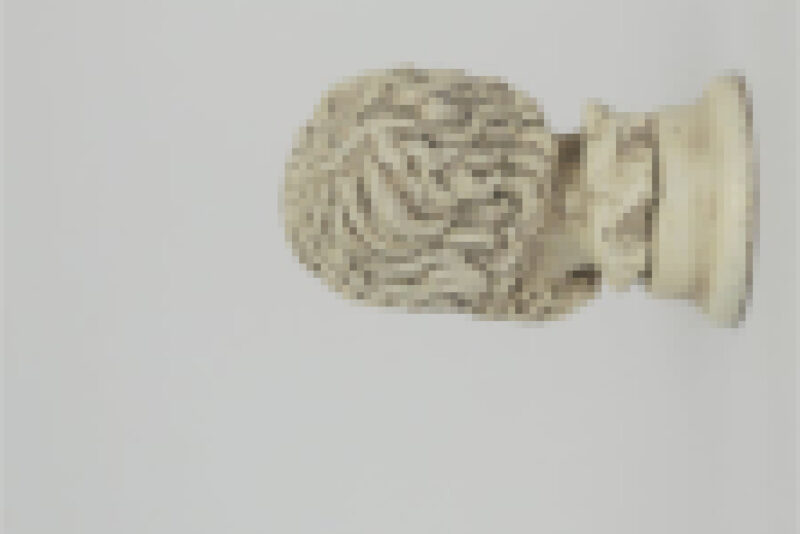February 15, 2024
It will take a lot of work to preserve “religion” in light of its checkered history and bad publicity. Some preserving religion have dug their heels in around its most traumatizing and devolutionary dimensions. However, I believe most doing this work are genuinely eager to chart a middle way which preserves “religion’s” positive impact without repeating its traumas. Whether you think we’re better off proceeding with or without it, some disambiguation is warranted regarding religion on both sides.
What is the relationship between religion, its institutions, and whatever it is we call “spirituality?”
“Spiritual but not religious” is a common refrain. The difference implied by this is that “spirituality” is essentially “religion minus institution.” This reasoning is understandable. People on all sides of the secular/religious divide agree that its institutions carry a lot of religion’s most dangerous baggage. If the institution could be detached—if we could extract the “spirituality” from it—we could progress beyond religion’s traumas as a society.
The formula implied by this in simple language is this: “religion equals spirituality plus institution.” But is the equation this simple? Is it true that if you remove the “institutional” and “spiritual” connotations from “religion,” is there nothing left at all? I’m unsatisfied by this formula; when you take away institutions and “spirituality” there is still something there. This something is still worth talking about.
Once the “institutional” and the “spiritual” are removed from “religion,” there remain forces of shared, collective impulse that aren’t captured by either. These forces appear to be native to how communities of conscious beings increasingly organize themselves around more and more complex stages of universal life. These impulses are not necessarily institutional, but they are not only spiritual. Our deepest shared sensitivities are capable of self-organizing without institutionalizing. These sensitivities are an essential part of the religious formula that are neglected by reducing it to an “institutional plus spiritual” framework.
Take the institutional critique, for instance. The latest iterations of religious forms are modeled distinctly on modern, institutional structures—crucially, this doesn’t mean that the organizing impulse represented by “religion” is necessarily a deformity. It may simply mean that the impulse of our conscious collective has outgrown the modern forms we’ve been assigning to it for generations.
Our collective, orienting impulses—hypothetically, essential to “religion”—are adapting to new technologies of organization.
These technologies of organization are not only our literal, 21st-century microprocessor-driven information technologies. They are also new shared fields of emotion, desire, aesthetic affectations—any of the many waves of coordinated cultural energy that inevitably shape our development as individuals and communities (whether we ride them or resist them). Artistic movements are this kind of “technology of organization,” as are musical genres, cinematic universes, and international sporting clubs. Like “religion,” each of these is also made up of institutional and non-institutional forms. Like “religion,” they harness energies latent in our conscious biology which transcend localized metaphysics and affectations.
Though it may be a good substitute for some people, places, or times, “spirituality” also does not fully capture the latent possibilities in non-institutional religious forms. It is a solution to our problems with religion that seems convenient because it easily blends with contemporary consumer and individualistic subjectivities. “Spirituality,” in a particularly Western way is the true religion of the consumer age. In its most reductionistic form, “spirituality” charts a way forward by applying the self-organizing principles of late capitalism and neoliberalism to the tasks of transcendence and metaphysics. It is not devoid of “institutional” influence. It has substituted contemporary decentralized, individualized, non-local models like markets and networks in place of the centralized, local religious forms whose traumas remain clear in our shared memories and experience.
The most important forces to interrogate are the invisible ones, the ones that slip through the cracks. These “religious energies,” whatever they may be, still resonate through our networks of conscious and non-conscious life. We’re still learning how to shape and channel them with more progressive, evolutionary forms. If history has anything to teach us, those forces we try to ignore away typically continue to work on their own. As much negative baggage as “religion” brings to the party, we won’t be able to just ignore it away. It might be a hard pill to swallow, but for the foreseeable future, we will still need new visions of collective organization—new models for shared life—that look a bit like “religion.”




